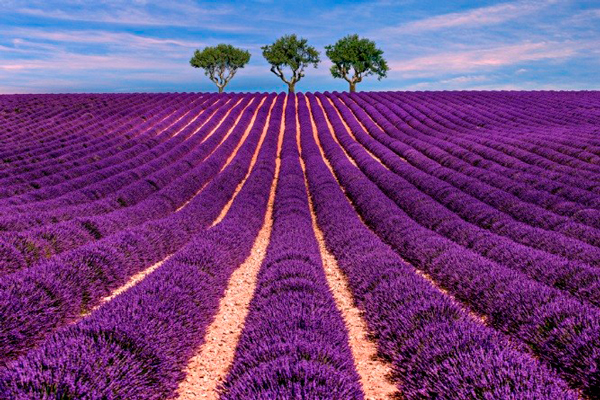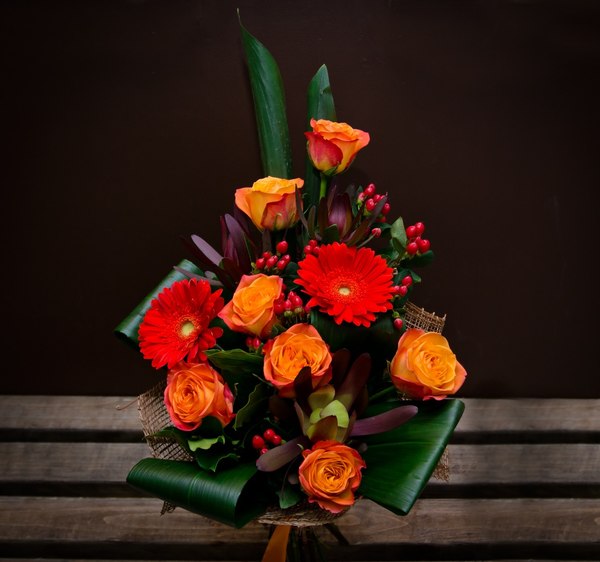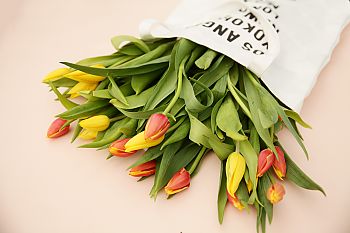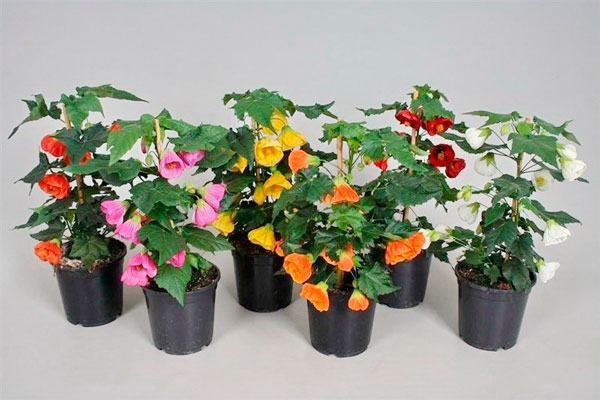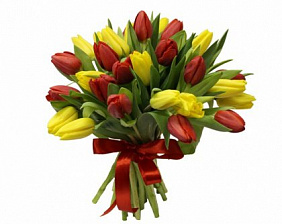arrangements
Pilea
 The homeland of pylaea is the tropics of Asia, Africa and Australia. If you touch the mature buds of pylaea or slightly sprinkle water on them, they open and shoot pollen.
The homeland of pylaea is the tropics of Asia, Africa and Australia. If you touch the mature buds of pylaea or slightly sprinkle water on them, they open and shoot pollen.
All pylaea are unpretentious and decorative throughout the year. It is recommended to grow them in wide pots or bowls. These plants will feel great if you find them a place on the windows of eastern and western orientation. Pilea has many varieties, differing in color and shape of the leaves. Only some species of this perennial plant can be grown as houseplants.
Temperature mode
Pilea is thermophilic, therefore it should be kept at a temperature not lower than 12 ° C. In winter, plants are kept at a temperature of + 16-18 ° C in a bright place. On frosty nights, they should be removed from the window sills and protected from drafts.
Lighting Continue reading
Agave
 The extensive genus of agaves unites approximately 300 species native to North and Central America. Agaves are very undemanding plants. The name was given in honor of Agave – the daughter of one of the ancient mythical kings.
The extensive genus of agaves unites approximately 300 species native to North and Central America. Agaves are very undemanding plants. The name was given in honor of Agave – the daughter of one of the ancient mythical kings.
Agave is a fairly powerful plant with succulent leaves. The leaves have an aquiferous tissue, which allows them to spend moisture during dry periods very economically. The diameter of the leaf rosette reaches 2.5 m. The leaves are large, solid, fleshy, wide or narrow, ending in strong spines; most species have strong bent or straight thorns at the edges of the leaves. The color of the leaves is gray, green, bluish-green, in some species yellow or white stripes or whitish threads are split along the edges of the leaves, split off from the edges. The leaves are covered with a thick waxy coating.
Agave blooms once in a lifetime – after flowering it dies, leaving numerous root offspring. A high peduncle (up to 10 m) appears from the middle of the outlet and bears several thousand (2 to 8) beautiful bell-shaped flowers collected in panicled inflorescences. Indoor plant never blooms. Continue reading
Interesting facts about colors
 More than 4000 years ago, the ancient Egyptians, who first thought of it, began to grow flowers Gardening and floriculture in the Middle Ages was an honor. People who showed disrespect for this work were severely punished: a flower garden or garden destroyer was chained to a shameful pillar, they could burn his toes or, like a thief, cut off his hand, and then forever be expelled from their native lands. Before the advent of modern material in life jackets, sunflower stalks were used. The ancient Arab legend of a bright yellow color. In 612, Mohammed began a war against the Israelis, at which time his wife Aishan left home. She met with a young man while her husband was not around. Mohammed was told about the betrayal of his wife, but he did not believe it. Then people advised to give her red roses, if they turn yellow – Aishan is unfaithful. Continue reading
More than 4000 years ago, the ancient Egyptians, who first thought of it, began to grow flowers Gardening and floriculture in the Middle Ages was an honor. People who showed disrespect for this work were severely punished: a flower garden or garden destroyer was chained to a shameful pillar, they could burn his toes or, like a thief, cut off his hand, and then forever be expelled from their native lands. Before the advent of modern material in life jackets, sunflower stalks were used. The ancient Arab legend of a bright yellow color. In 612, Mohammed began a war against the Israelis, at which time his wife Aishan left home. She met with a young man while her husband was not around. Mohammed was told about the betrayal of his wife, but he did not believe it. Then people advised to give her red roses, if they turn yellow – Aishan is unfaithful. Continue reading
